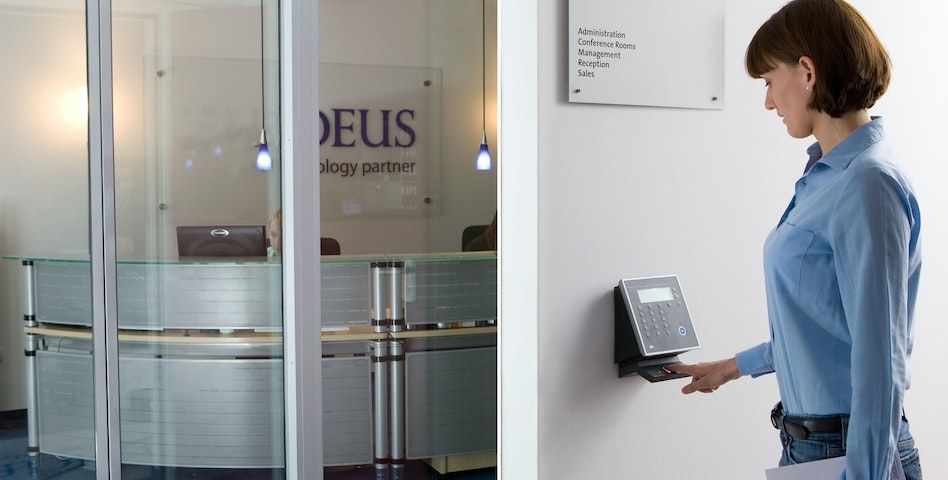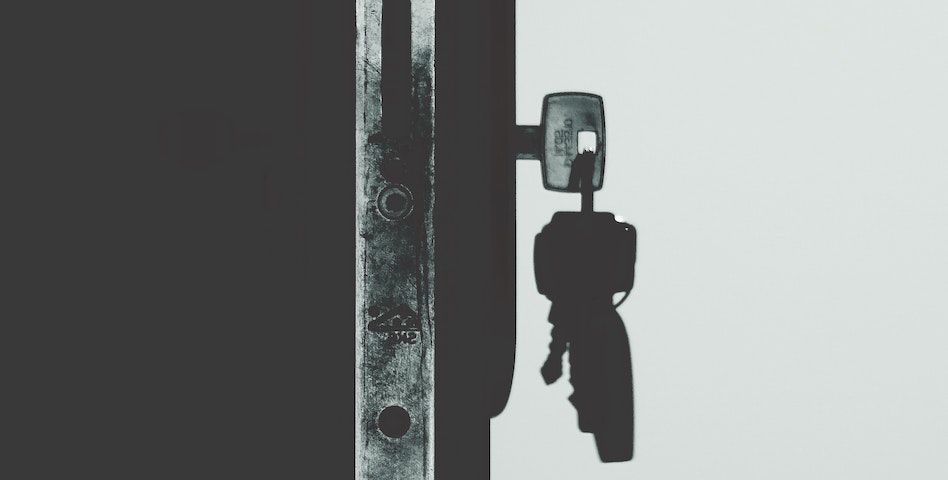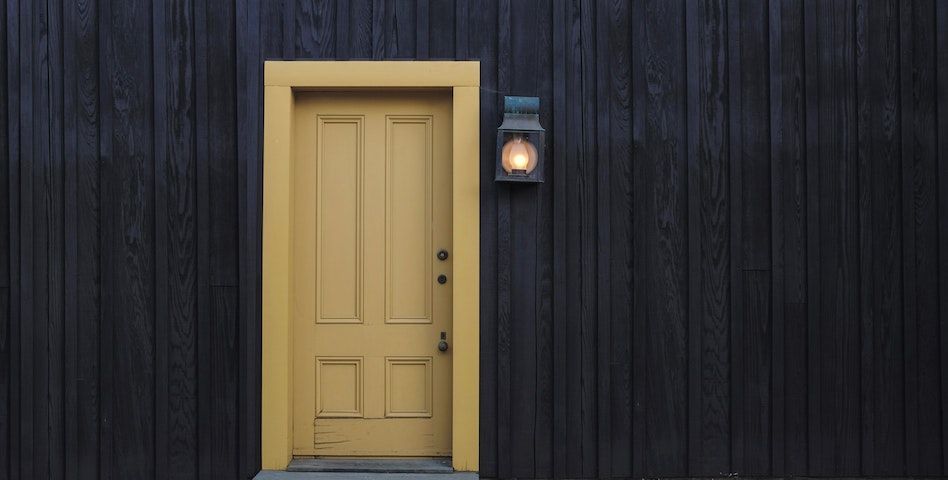(Untitled)
1. Introduction
Smart locks are becoming increasingly popular, as they offer a convenient and secure way to control access to your home or business. Smart locks allow you to control who can come and go, and when they can access your property. With a smart lock, you can also monitor who enters and exits your property, receive notifications when someone accesses your property, and even remotely control the lock from your smartphone or other device. In this buyers guide, we'll explore the different types of smart locks available and the features to look for when choosing one. Time to say no to old keys and yes to smart locks!!!

a. What is a Smart Lock?
A smart lock is an electronic lock that can be opened and closed using a smartphone, tablet, or other device. It is usually connected to a wireless network such as Bluetooth or Wi-Fi, and can be controlled remotely using an app. Smart locks use various technologies such as biometrics, RFID, and keypads to allow access to authorized users. Smart locks are more secure than traditional locks, as they require authentication before granting access.
b. Benefits of Smart Locks
Smart locks offer many benefits, including convenience and security. With a smart lock, you can easily control who can access your property, and when. You can also monitor who enters and exits your property, receive notifications when someone accesses your property, and even remotely control the lock from your smartphone or other device. Additionally, smart locks are more secure than traditional locks, as they require authentication before granting access.
2. Types of Smart Locks
Smart locks come in many different types. The three main types are keyless entry, biometric, and remote access smart locks. Each type offers different levels of convenience, security, and cost. Read ahead:
a. Keyless Entry Smart Locks
Keyless entry smart locks use a keypad for entry. They are usually the most affordable option and offer a moderate level of security. Some keyless entry locks allow you to program multiple codes, so you can give access to family, friends, and service personnel. Others allow you to temporarily disable certain codes when needed. Keyless entry locks are great for homes and small businesses.
b. Biometric Smart Locks
Biometric smart locks use either fingerprints or retinal scans for entry. They are the most secure option and offer a high level of convenience. Some biometric locks allow you to program multiple fingerprints, so you can give access to family, friends, and service personnel. Others allow you to temporarily disable certain fingerprints when needed. Biometric locks are great for businesses and high security applications.
c. Remote Access Smart Locks
Remote access smart locks use a mobile app for entry. They are the most convenient option and offer a moderate level of security. Some remote access locks allow you to program multiple users, so you can give access to family, friends, and service personnel. Others allow you to temporarily disable certain users when needed. Remote access locks are great for homes, small businesses, and vacation homes.

3. Factors to Consider When Buying Smart Locks
When choosing a smart lock, there are a few factors to consider. These include security, ease of use, connectivity, and cost. Let’s take a look at each of these factors in more detail.
a. Security
The most important factor to consider when buying a smart lock is security. Look for locks that offer various layers of security, such as biometric authentication, PIN codes, and physical keys. It’s also important to make sure the lock is compatible with your home’s security system. For example, some locks can be integrated with home security systems, allowing you to receive notifications when the lock is opened or closed.
b. Ease of Use
Another important factor to consider is how easy it is to use the lock. Look for a lock that is intuitive and user-friendly, with features such as one-touch locking and unlocking. It should also have a clear and easy-to-use mobile app that can be used to manage the lock remotely. Additionally, some locks allow you to create multiple user profiles with different access rights.
c. Connectivity
Smart locks are becoming increasingly connected, and it’s important to make sure the lock you choose is compatible with your home’s Wi-Fi network or other connected devices. Many smart locks come with built-in Wi-Fi or Bluetooth connectivity, allowing you to control the lock from your smartphone or other devices. Additionally, look for locks that are compatible with voice assistants such as Amazon Alexa or Google Home, allowing you to control the lock with voice commands.
d. Cost
The cost of a smart lock can vary depending on the features and technology it offers. Generally, basic locks are less expensive, while more advanced locks may come with a higher price tag. Make sure to compare different models and features before making a purchase decision to ensure you’re getting the best value for your money.
4. Conclusion
In conclusion, smart locks provide an added layer of security and convenience for homeowners. Smart locks allow you to control who has access to your home, as well as remotely lock your door from anywhere. When choosing a smart lock, there are a few important factors to consider, such as the type of lock, installation requirements, and additional features.

a. Summary of Smart Locks
Smart locks come in a variety of types, such as deadbolts and lever locks. They can be installed in a variety of ways, such as on a door, on a wall, or even wirelessly. Additionally, many smart locks come with additional features, such as keyless entry, auto-locking, and remote access.
b. Tips for Buying Smart Locks
When buying a smart lock, there are a few tips to keep in mind. First, consider the type of lock you need and the installation requirements. For example, if you’re installing the lock on an exterior door, you’ll need a deadbolt for added security. Additionally, you’ll want to make sure the lock is compatible with your home’s existing locks and door hardware. Second, consider the additional features that come with the lock. Features such as keyless entry, auto-locking, and remote access can provide added convenience and security. Lastly, consider the cost of the lock and any additional installation fees.